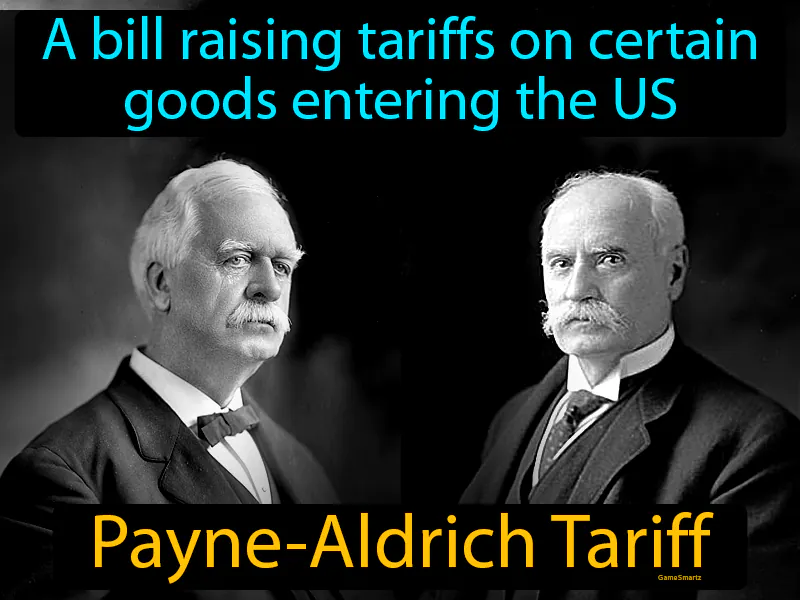Payne-Aldrich Tariff
Payne-Aldrich Tariff: Easy to understand
The Payne-Aldrich Tariff of 1909 was significant during the Progressive Era because it highlighted the tension between reform-minded politicians and those who favored big business interests. Many Progressives hoped for lower tariffs to make goods cheaper for consumers, but the tariff ended up raising rates on many items, disappointing reformers and splitting President Taft's support. This event demonstrates the ongoing struggle between economic protectionism and free trade, a debate still relevant today in discussions about trade policies and their impact on consumers and industries. For example, when tariffs are high, the cost of imported goods like electronics or clothing can increase, affecting what people can afford to buy. Understanding this helps individuals recognize how government policies can directly impact everyday expenses and the variety of products available in stores.

Practice Version

Payne-Aldrich Tariff: A bill raising tariffs on certain goods entering the US. Payne-Aldrich Tariff. The Payne-Aldrich Tariff was a 1909 law that increased tariffs on many imports, which led to dissatisfaction among Progressives who wanted lower tariffs.